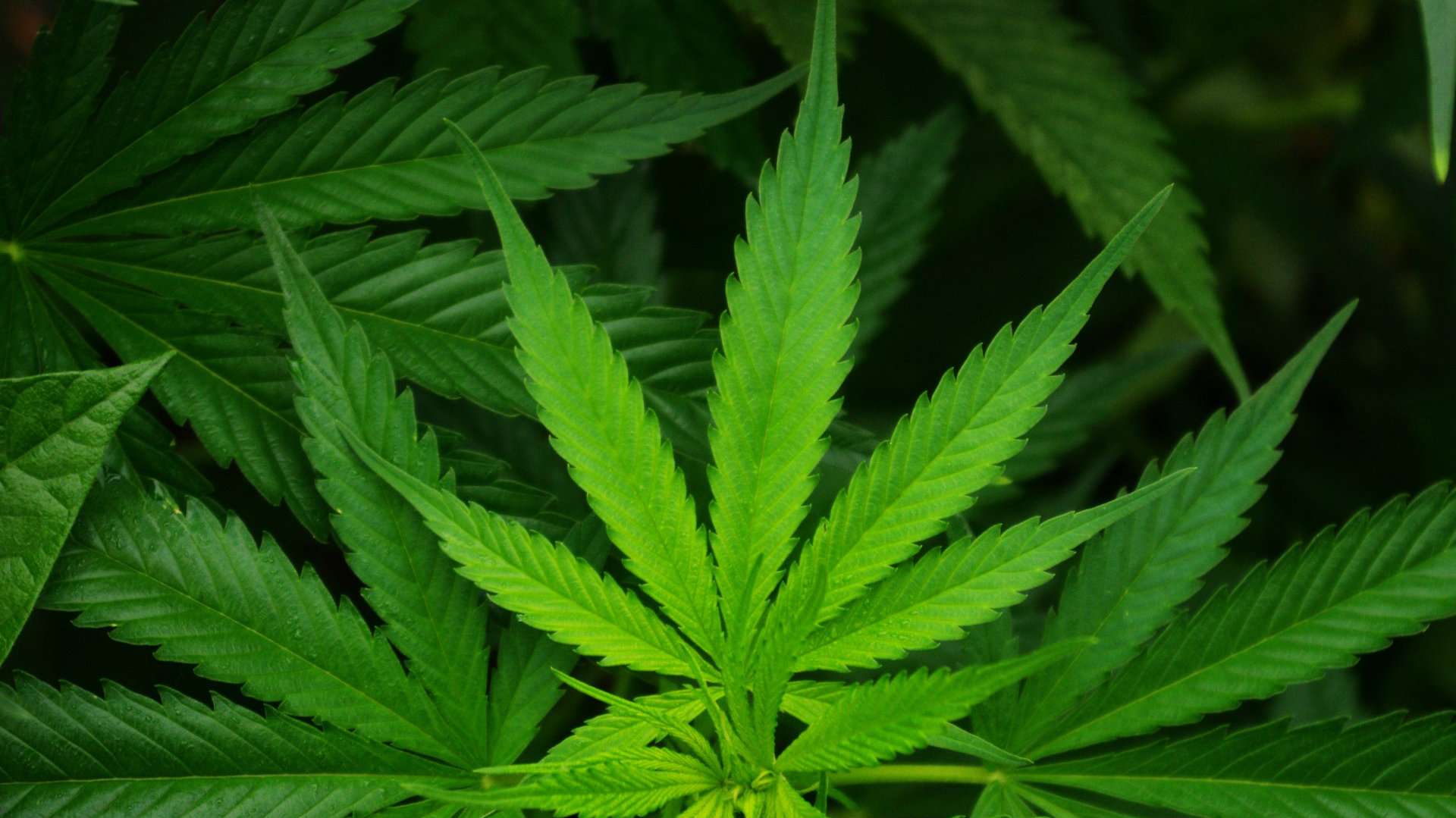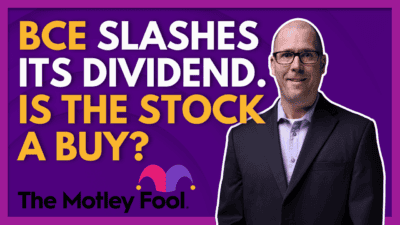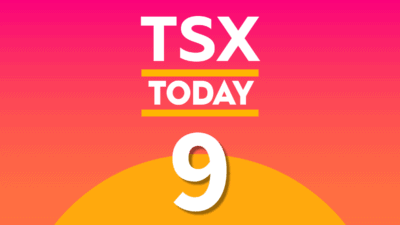Canopy Growth Corp. (TSX:WEED) has quickly grown from a relatively obscure producer in a small industry to one of only two marijuana companies in the world with a billion-dollar-plus market capitalization. The company has rewarded early investors handsomely with 200% share price growth since early 2016 and has grown revenues from $7.7 million in the first three quarters of 2016 to $25.2 million in the first three quarters of 2017.
The stock has recently pulled back 30%, and being one of Canada’s most popular names (constantly listed as a “most popular stock” on BNN.ca), many are wondering whether or not this is a good buying opportunity.
This answer is complex. Canopy is currently trading at only $8.23 per share — down from a high of around $18 set in only November of last year. A return to those highs would mean a comfortable double, and the current analyst consensus target price on the stock is $14.20 — a 72% return.
Despite the optimism, shares are hugely expensive
By nearly every measure, Canopy shares are extremely expensive on a price-to-revenue basis. That is not to say that the company cannot maintain — or even grow — its current revenue multiple, but it does mean investors are taking on a large risk.
Over the trailing 12 months, Canopy earned $30.2 million in revenue. Based on the current market capitalization of $1.37 billion, this works out to a price-to-revenue ratio of 45. To put how extreme this number is into perspective, investors should compare it to some of North America’s most valuable names.
Tesla Inc. (NASDAQ:TSLA), for example — widely considered to be one of the of the most expensive names in North America — trades at a trailing 12 month price-to-revenue multiple of 6.07. The S&P 500 Index, which is trading at all-time highs, is currently trading at a price-to-revenue multiple of 2.08.
A stock’s value depends on its future growth, but even using Canopy’s revenue for 2017 and 2018, the stock is still extremely expensive. The company is estimated to earn $42 million in fiscal 2017 and $125 million in fiscal 2018.
While this is certainly impressive revenue growth, the current market capitalization of the stock more than bakes in this growth. Using those revenue figures, the company trades at 32 times and 10 times its 2017 and 2018 revenues, respectively. Tesla, for comparison, trades at 4.5 times and 2.72 times its 2017 and 2018 revenues, respectively.
The question is if Canopy can maintain these valuations, or if Canopy and the marijuana sector as a whole are in a bubble similar to the year 2000 tech bubble. On one hand, the potential legalization of marijuana in Canada creates a nearly unprecedented situation in which about a million kilograms of recreational marijuana demand annually will move from black market suppliers to licensed producers.
This situation can produce unprecedented valuations. On the other hand, increased competition, regulations, and changing investor sentiment can all bring valuations back down to earth.
What to buy instead
If you’re looking for a more reasonable valuation in the marijuana space, Aurora Cannabis Inc. (TSXV:ACB) is a better bet. Aurora has a similar revenue growth profile at a cheaper valuation. The company is projected to earn $25 million in fiscal 2017 and $125 million in fiscal 2018 (the same as Canopy).
This is despite the fact that the current market capitalization for Aurora is only $832 million, giving it a 2018 price-to-revenue multiple of six. This is still expensive, but it’s reasonable compared to Canopy. Aurora currently lacks the production capacity Canopy has (which may explain the discount), but this is set to improve as its Aurora Sky production facility comes online.








